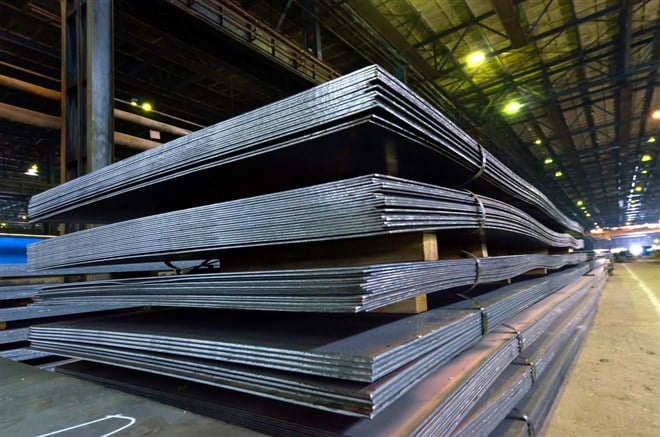 Schnitzer Steel Industries, Inc. (NASDAQ: SCHN) is a steel recycling and scrap manufacturing company based out of Portland, Oregon. The company reported third-quarter financial results on 31st May 2022.
Schnitzer Steel Industries, Inc. (NASDAQ: SCHN) is a steel recycling and scrap manufacturing company based out of Portland, Oregon. The company reported third-quarter financial results on 31st May 2022.Highlights:
-Results came in better than expected as the company benefited from domestic non-ferrous sales.
-Net income came in at $75 million, versus $65 million in the third quarter of fiscal 2021, representing an increase of 15% y-o-y.
-Diluted earnings per share came in at $2.52 compared to $2.16 in the same quarter last year.
-Revenue increased to $1010 billion, up from $821 million during Q1-2021.
-Acquired two full-service facilities, bringing the total facilities to 24.
-Processed 90,000 ferrous tonnes and 14 million non-ferrous pounds in FY21.
-Domestic demand increased from 37% to 52% of sales for the quarter.
Schnitzer Steel continued to see mixed results across its business. The ferrous metals segment fell by 7% y-o-y as market volatility weighed on results. On the other hand, non-ferrous metals continued to witness strong demand, and revenue for the segment was up 29% y-o-y. The key source of increased demand for the segment was the easing of supply chains. Furthermore, ferrous and non-ferrous prices rose by 35% and 15%, respectively. Finally, finished steel volumes were up 12% y-o-y, but up 27% sequentially, as shipping backlogs increasingly started to clear. Prices were 41% for finished steel products. Meanwhile, utilization remained high at 96% for the year. Finally, SSI volumes for the quarter came in at 1129,000 LT.
Profit, Margin, balance sheet, and cash flow:
Gross margins remained steady y-o-y at 17.5%, and net income similarly was steady at 7.5%. Net income per ferrous tonne increased from $54 per tonne to $67 per tonne. Operating income came in at 9.7%. Operating cash flow for the quarter came in at $45 million, and capital expenditure came in at $29 million. Total debt was $322 million, and debt-to-equity is currently at 0.28. Outlook for the metals market:
The metals market remains tight, despite the global macroeconomic background. Demand for recycled and scrap metals is expected to reach $368 billion by 2030, growing at a 5.2% CAGR. China remains the primary producer of Iron Ore, with 1.3 billion metric tonnes per year and is unlikely to significantly increase capacity. Demand is expected to be driven primarily by the developing market as more and more metal is used for everything from most consumer goods to infrastructure etc. The stronger demand led prices to rise to $600/tonne. Demand for metals continues to be strong due to the need for non-ferrous metals, meanwhile, demand for ferrous metals remains less intensive. The critical source of demand remains primarily in the energy transition industry. Additionally, Asia continues to be the most significant source of growth for metals demand. Management is looking to improve the throughput of higher value metals as it looks to take advantage of the demand for these metals from key industries. It has set a target of 5.3 million in sales target for FY23.







